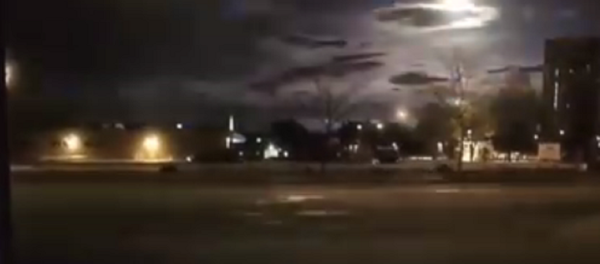According to numerous reports, an extremely bright object, approximately 3 meters in diameter, entered Earth's atmosphere above Arizona at about 4AM, at a speed of about 18 km/s.
The object, presumably with a mass of tens of tons and with the kinetic energy of some 10 kilotons, exploded in the atmosphere, turning night into day for some 4 or 5 seconds and severely saturating the image receptors of cameras watching the sky.
According to Bill Cooke of NASA's Meteoroid Environment Office at the Marshall Space Flight Center in Huntsville, Alabama, "there are no reports of any damage or injuries — just a lot of light and a few sonic booms."
The Meteoroid Environment Office has a network of cameras across the United States to monitor the sky in search of objects brighter than the planet Jupiter. There are three such cameras in Arizona.
Unfortunately, these cameras, as well as many common CCTV and dashboard cameras, were blinded by the flare, making measurements difficult.
Every day, about 80 to 100 tons of material falls on the Earth from space, typically in the form of dust. Over the past 20 years, some 600 smaller asteroids several meters in size have been recorded entering Earth's atmosphere. The superbolide that impacted over Chelyabinsk, Russia, in 2013 is estimated to have been some 20 meters in size, and released over 40 times the energy of the Arizona fireball. Such impacts are rare and occur a few times each century.



